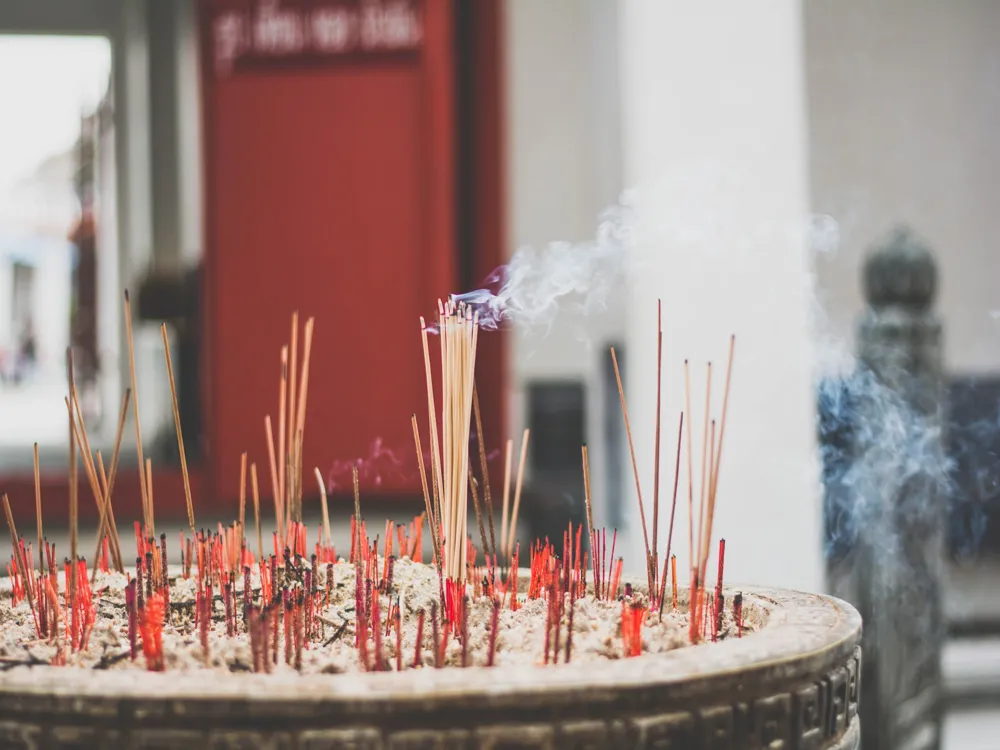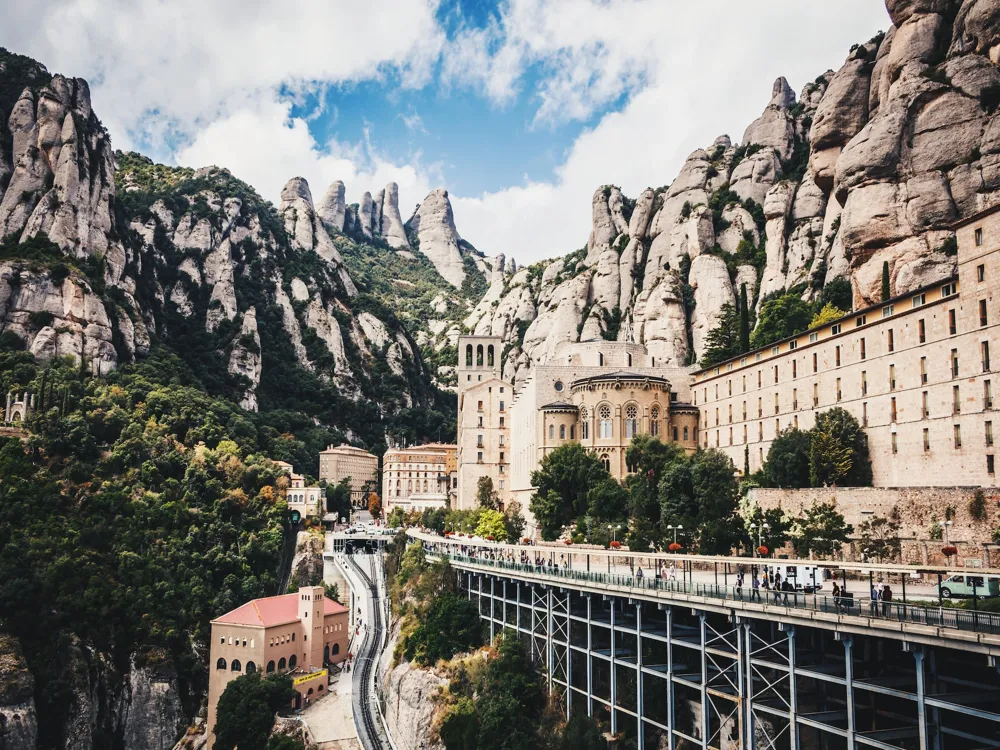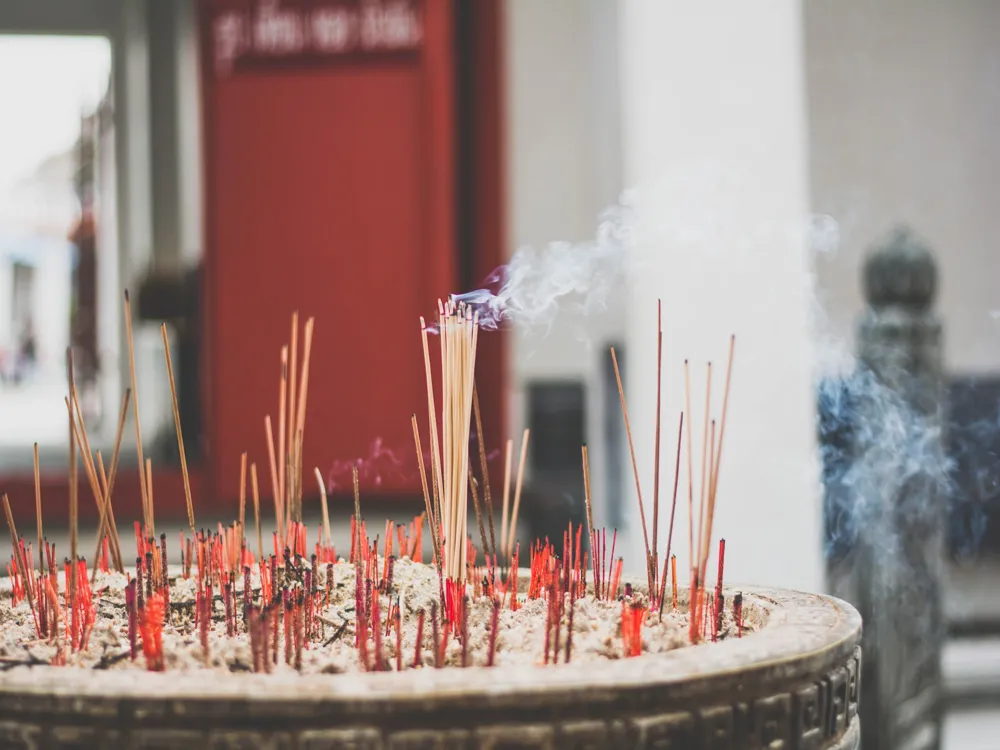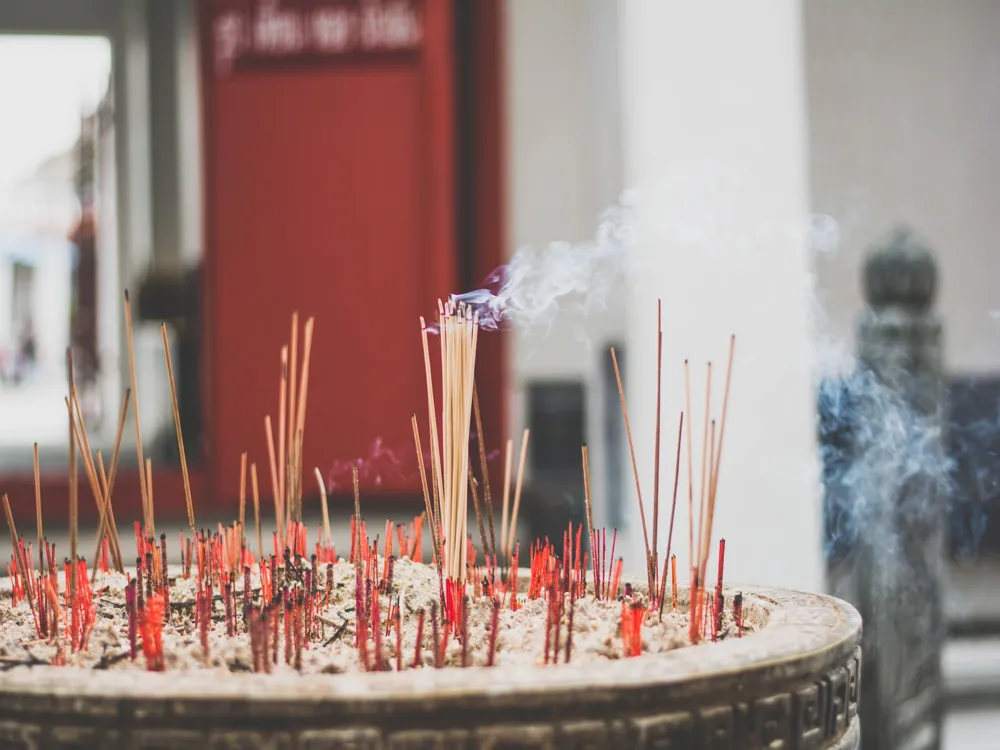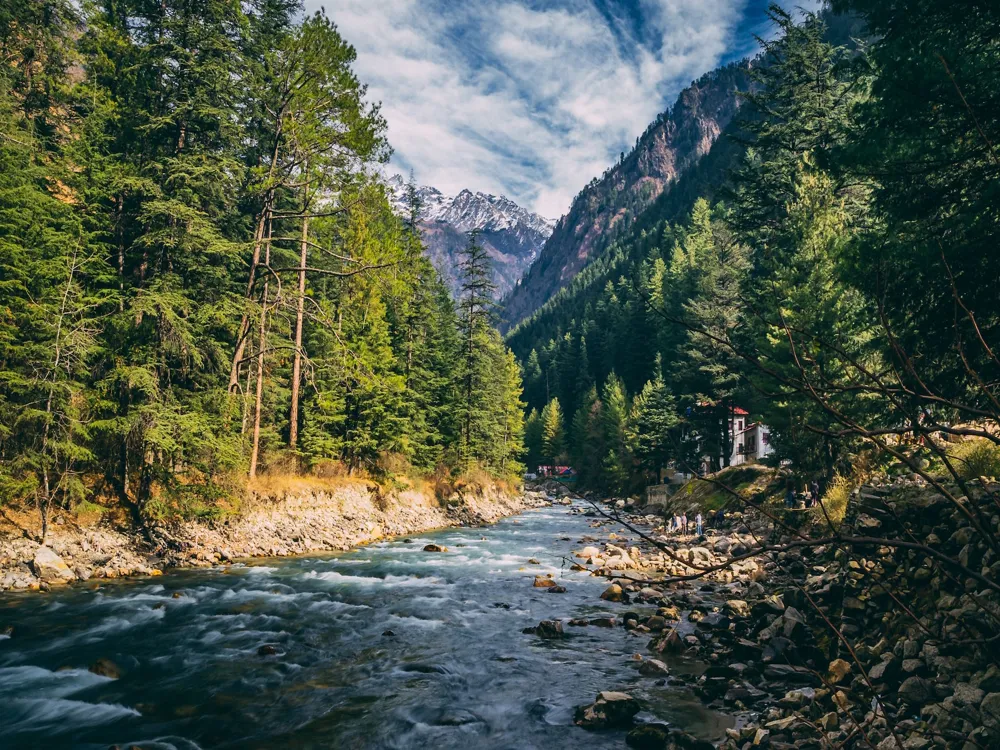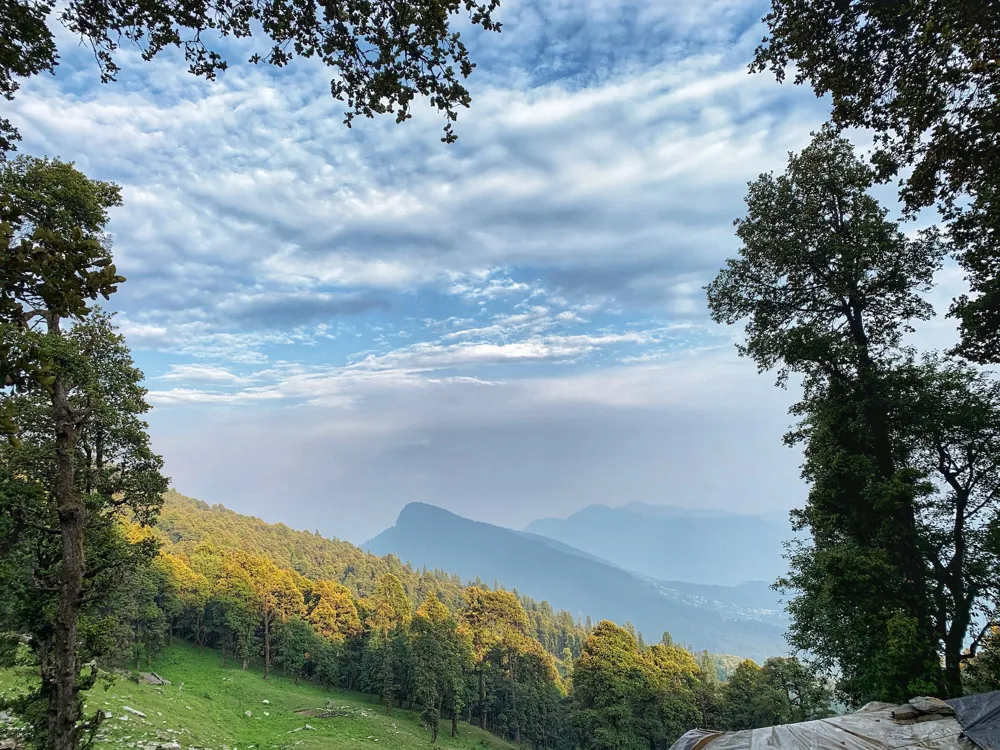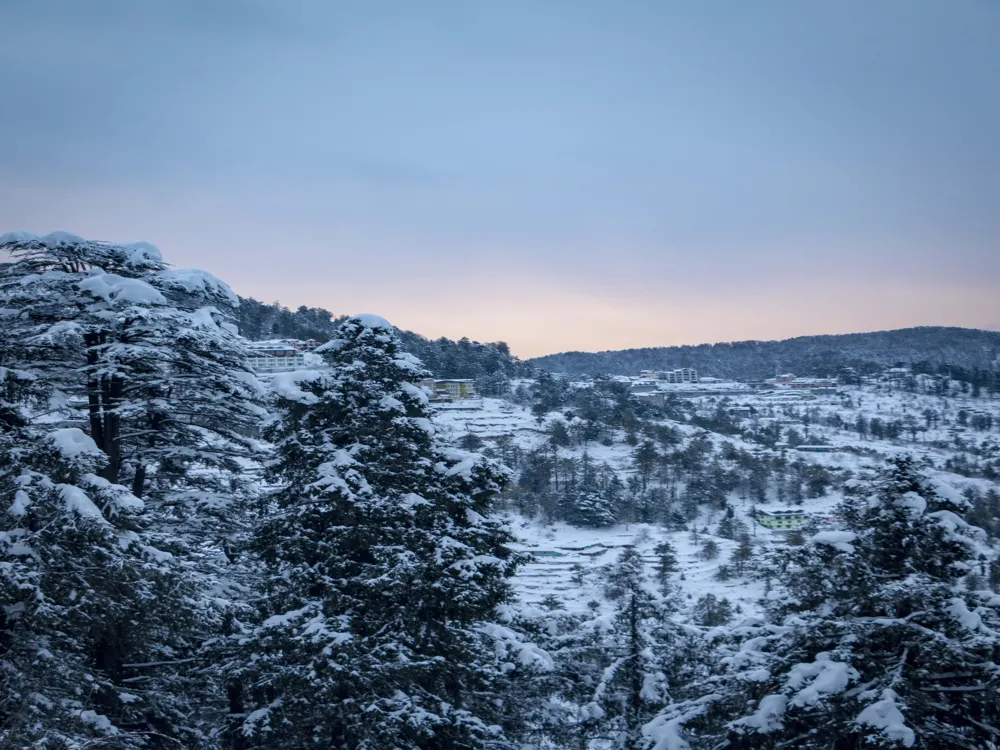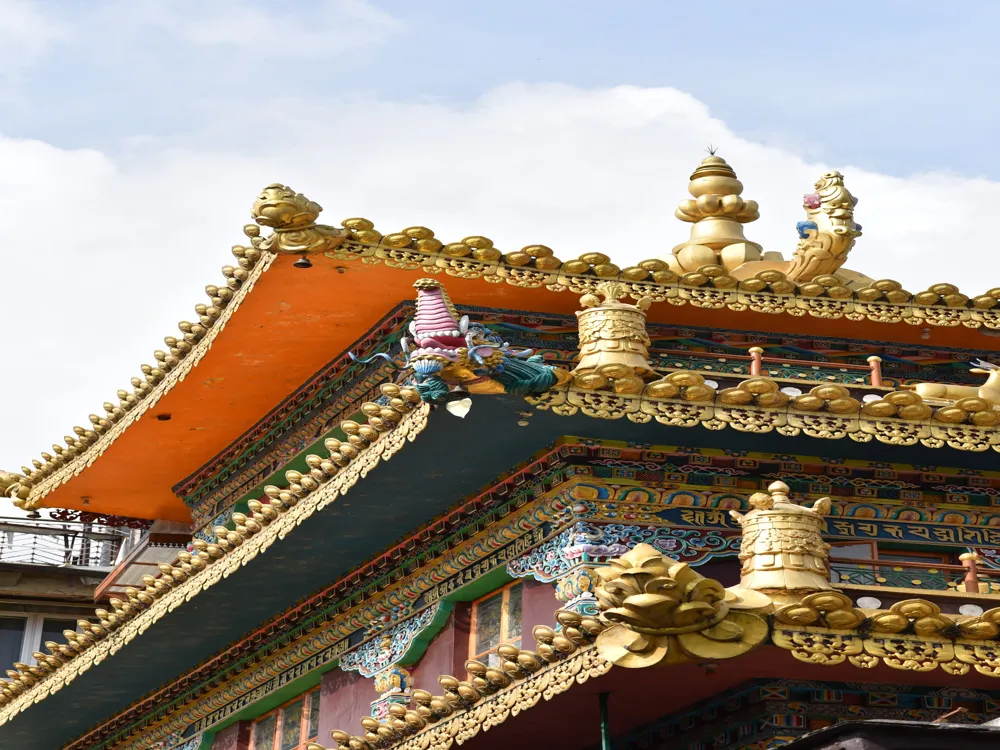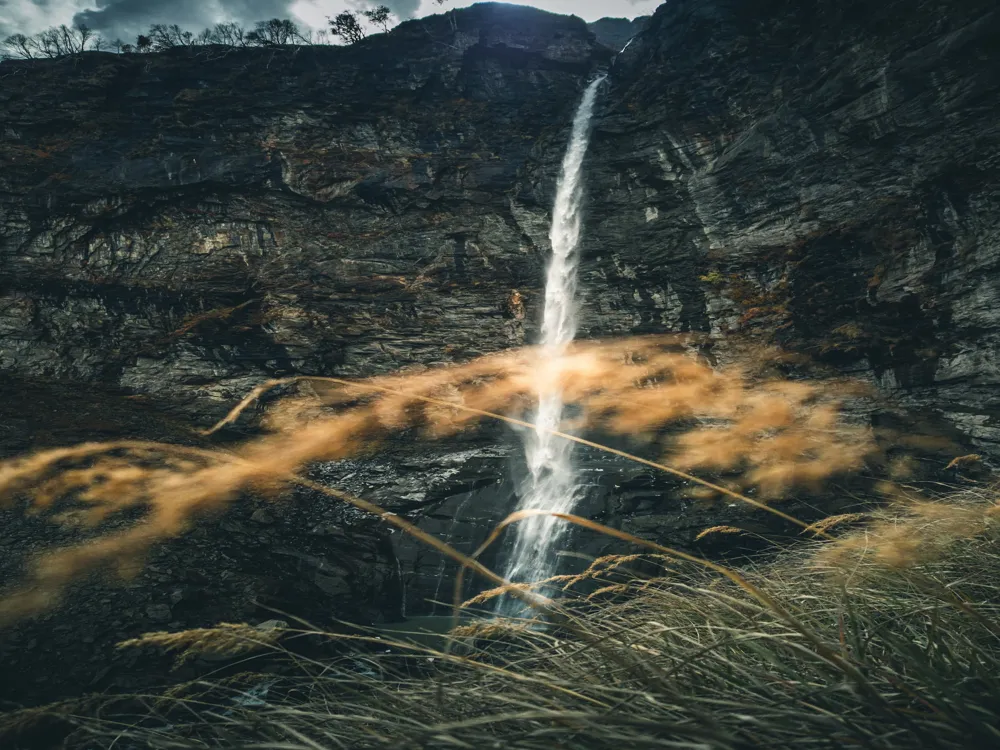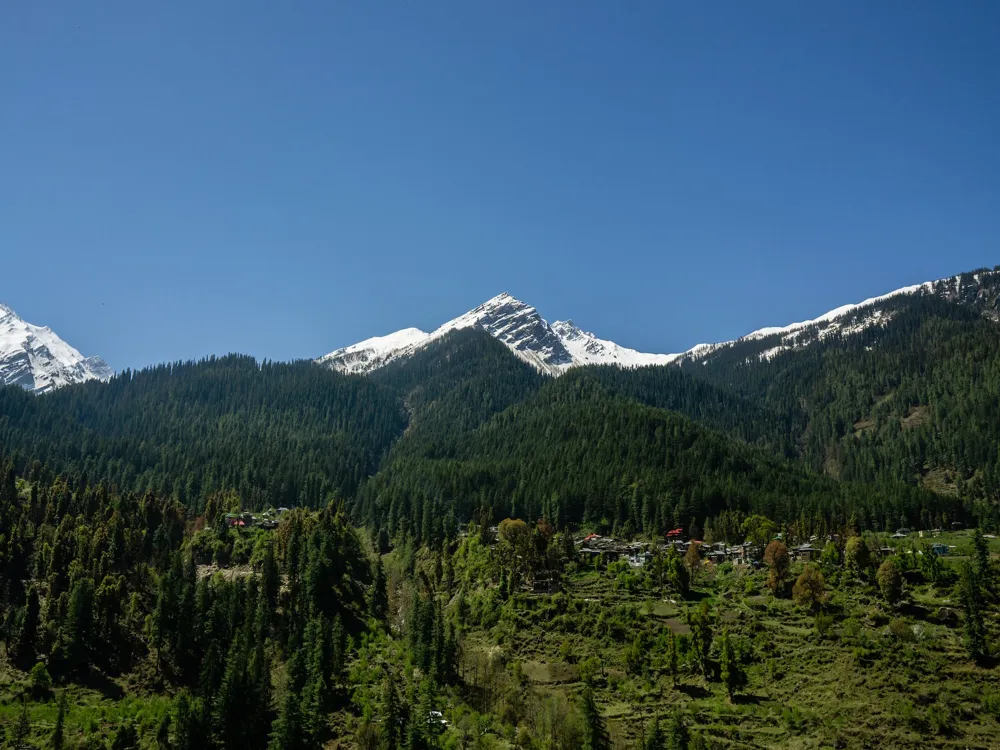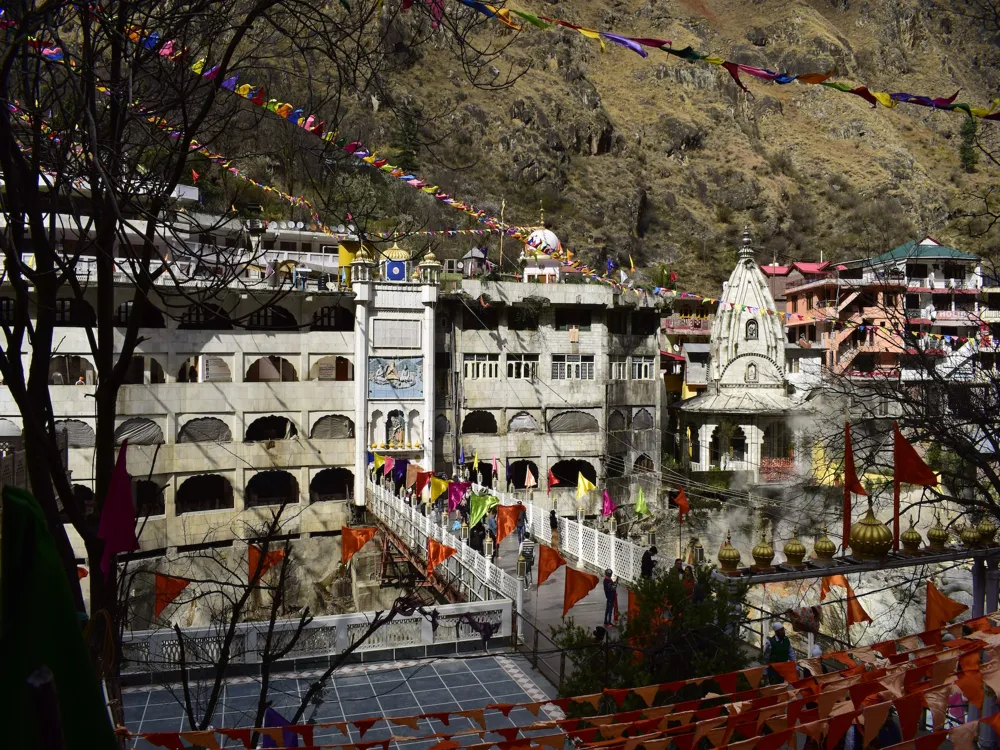Nestled in the serene valley of Naggar, Himachal Pradesh, the Roerich Art Gallery and Estate is a site of immense cultural and historical significance. This estate was once the residence of the renowned Russian artist and philosopher, Nicholas Roerich, who was captivated by the Himalayan beauty and spent a significant part of his life here. Today, it stands as a testament to Roerich's artistic legacy and his deep love for the Himalayas. The Roerich Estate spans an impressive area, housing the Roerich Art Gallery, the artist's private residence, and a well-maintained garden. The gallery is home to some of Roerich's most famous paintings, each portraying the Himalayas' majestic beauty and spiritual depth. These artworks are not just visual treats but also convey Roerich's profound understanding and respect for the Himalayan culture and its people. Aside from the art gallery, the estate includes the Urusvati Himalayan Research Institute, founded by Roerich in 1928. This institute once served as a vibrant center for research in areas like archaeology, history, and botany, particularly focusing on the Himalayan region. Today, it preserves various manuscripts, artifacts, and personal belongings of the Roerich family, offering a glimpse into their life and work. The Roerich Estate is more than just a museum; it's a sanctuary where art, culture, and nature coalesce. The enchanting landscapes surrounding the estate add to its mystical allure, making it a place of pilgrimage for art lovers, spiritual seekers, and nature enthusiasts alike. The architecture of the Roerich Art Gallery and Estate is a harmonious blend of Russian and Himalayan styles, reflecting the cultural amalgamation that Roerich embodied. The main building, which houses the art gallery, is a traditional two-story structure with slanted roofs typical of Himalayan architecture. However, the use of wood and stone in its construction shows a distinct Russian influence, a homage to Roerich's roots. The estate's layout is a thoughtful composition, integrating the buildings with the surrounding landscape. The garden, with its array of flora, complements the overall aesthetics, creating a serene and contemplative environment. This thoughtful design extends to the interiors of the gallery, where the natural light perfectly accentuates Roerich's vibrant paintings. One of the most striking features of the estate's architecture is its simplicity and elegance. It stands in stark contrast to the grandeur of the Himalayas, yet it doesn't feel out of place. This balance is a testament to Roerich's belief in living in harmony with nature, a principle that is evident in every corner of the estate. The Roerich Estate's architecture is not just a backdrop for the art gallery; it is an integral part of the experience. It represents a fusion of cultures and philosophies, much like the life and work of Nicholas Roerich himself.Overview of Roerich Art Gallery and Estate in Naggar, Himachal Pradesh
Architecture of Roerich Art Gallery and Estate
Roerich Art Gallery and Estate
Naggar
Himachal Pradesh
₹ 5,000 onwards
View naggar Packages
Weather :
Tags : Art Gallery
Time Required : 1 hour
Planning a Trip? Ask Your Question
Naggar Travel Packages
View All Packages For Naggar
Top Hotel Collections for Naggar

Private Pool

Luxury Hotels

5-Star Hotels

Pet Friendly
Top Hotels Near Naggar
Other Top Ranking Places In Naggar
View All Places To Visit In naggar
View naggar Packages
Weather :
Tags : Art Gallery
Time Required : 1 hour
Planning a Trip? Ask Your Question
Naggar Travel Packages
View All Packages For Naggar
Top Hotel Collections for Naggar

Private Pool

Luxury Hotels

5-Star Hotels

Pet Friendly







